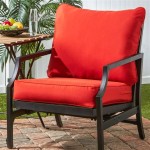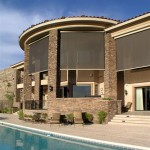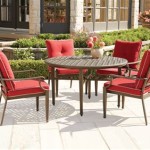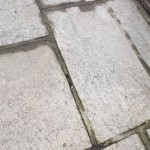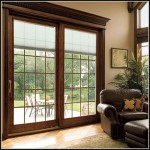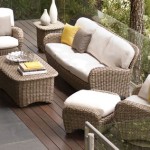Detached Patio Covers: Expanding Outdoor Living Space
A detached patio cover offers a unique and versatile solution for enhancing outdoor living spaces. This type of structure provides shade, protection from the elements, and a defined area for relaxation, dining, or entertaining. Unlike attached covers, detached patio covers are freestanding structures that can be positioned independently from the main house, offering greater flexibility in design and placement.
Benefits of a Detached Patio Cover
A detached patio cover boasts a range of advantages:
Increased Outdoor Living Space: Detached patio covers create a dedicated outdoor area that can be seamlessly integrated with the existing yard or garden. This additional space provides a comfortable and protected environment for enjoying the outdoors, regardless of the weather.
Versatility: Detached patio covers can be customized to suit specific needs and preferences. They can be designed to integrate seamlessly with existing landscaping, feature various roof styles, and incorporate additional elements like lighting, ceiling fans, or even a fireplace.
Enhanced Privacy: Detached patio covers can offer a sense of privacy by creating a secluded outdoor space. This is particularly beneficial for homes located in close proximity to neighboring properties or busy streets.
Protection from the Elements: Detached patio covers provide shelter from rain, sun, and wind, allowing you to enjoy your outdoor space year-round. This protection extends the usability of the patio, making it a more functional and enjoyable area.
Types of Detached Patio Covers
Detached patio covers are available in a variety of materials and styles. Some of the most popular options include:
Pergola Patio Covers: These covers feature a lattice-like structure that provides shade while offering an airy and open feel. Pergolas can be constructed from wood, metal, or a combination of materials. They often serve as a base for climbing plants, adding a touch of natural beauty to the space.
Solid Roof Patio Covers: Solid roof patio covers offer maximum protection from the elements. They can be constructed from materials like wood, metal, or polycarbonate panels. This type of cover creates a more enclosed space, ideal for year-round use.
Retractable Patio Covers: These covers offer versatility by allowing you to adjust the amount of shade and coverage as needed. Retractable covers are typically made from fabric and can be extended or retracted with a simple mechanism. They provide flexibility for enjoying the sunshine while still having the option for shade.
Planning and Installation Considerations
Before you begin planning a detached patio cover, consider the following factors:
Site Preparation: Ensure that the chosen location has adequate drainage and is level. If necessary, prepare the ground by leveling, adding gravel, or laying pavers.
Building Codes: Consult local building codes to determine any necessary permits or regulations for installing a detached patio cover. It is essential to comply with all regulations to ensure safety and structural integrity.
Materials and Style: Select materials that are durable, weather-resistant, and aesthetically pleasing. Choose a style that complements the existing architecture of your home and your personal preferences.
Professional Installation: Consider hiring a qualified professional to install your detached patio cover. A professional installer can ensure proper installation, structural stability, and compliance with building codes.

Why Detached Patio Covers Are A Game Changer

Detached Gable Style Patio Cover With Outdoor Kitchen Hhi Covers

Detached Covered Patio Photos Ideas Houzz

Oak Forest Outdoor Living Patio Cover Fireplace Kitchen

Diy Patio Cover Plans

How To Build A Freestanding Patio Cover With Best 10 Samples Ideas

Alumawood Solid Patio Cover Installer Mesa Covered Design

Detached Patio Cover Missouri City Tx Hhi Covers

Patio Covers Houston Dallas Tcp Custom Outdoor Living

Detached Patio Covers Backyard Living

